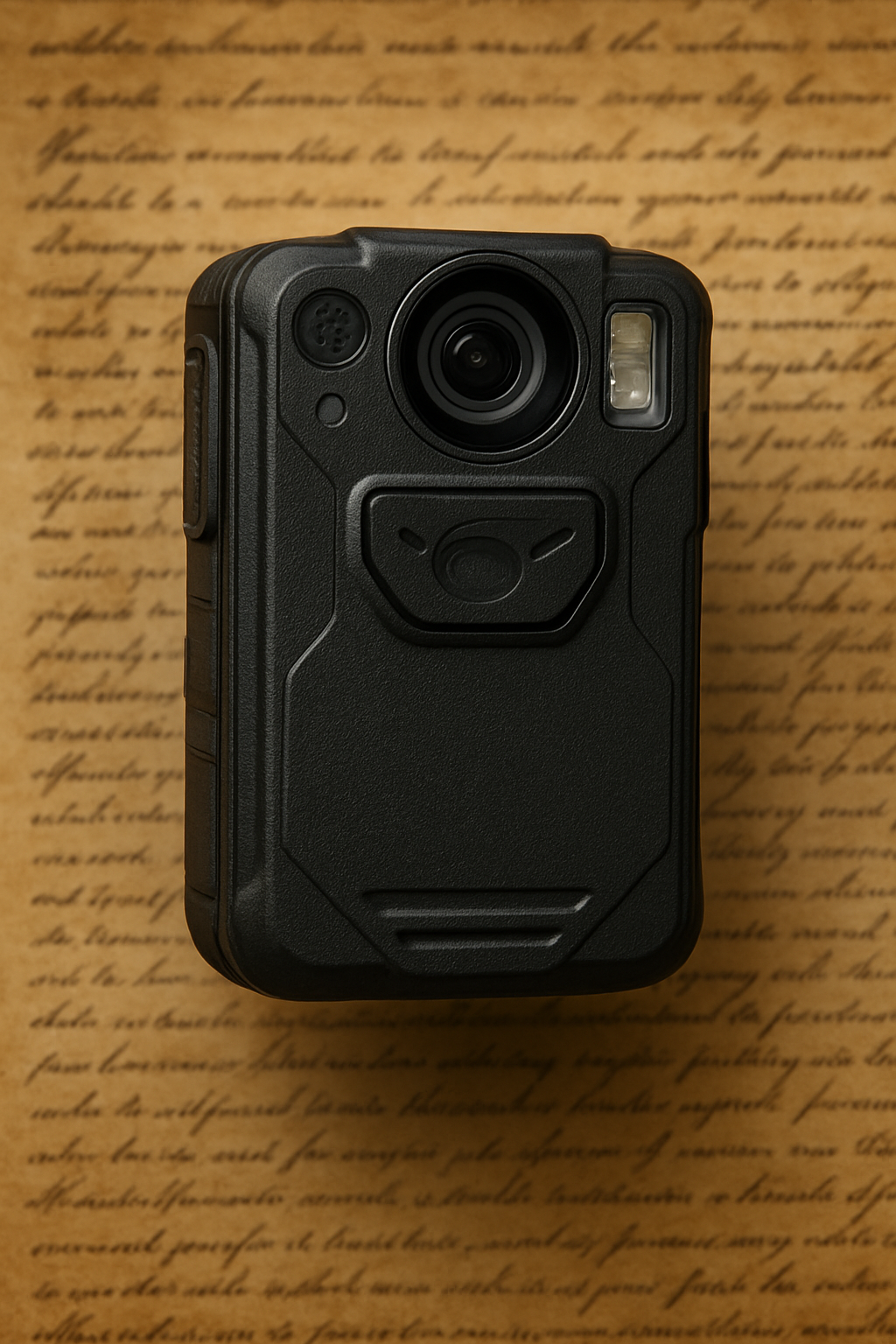Exploring the Intersection of the Fourth Amendment and Emerging Technology
Front doors are no longer the only thresholds that matter. We carry our “papers and effects” in pockets and clouds; cell towers, license plate readers, and video cameras log our movements. Courts today decide whether new techniques—thermal scans, GPS trackers, tower dumps, dog sniffs at porches—count as “searches,” and if so, what process is due. The through-line from Semayne to Carpenter is not a fixed rule but a balancing act. The goalposts are constantly shifting as new technology is leveraged in criminal investigations, which the courts are viewing through a 17th-century lens.
Law enforcement is committed to upholding the Constitution while trying to make the world a better place through comprehensive investigations.
That commitment animates this project.
Digital Domus Invicta is your hub for cutting-edge insights at the intersection of law enforcement, technology, and the Fourth Amendment. Explore real-world applications of digital forensics, evolving surveillance laws, investigative case studies, and leadership in policing. From blog articles and training resources to court rulings and legislative updates, we equip detectives, prosecutors, and technologists with the knowledge to navigate modern criminal investigations ethically and effectively.
FEATURED POSTS
A History of the Fourth Amendment
From Semayne’s “castle” to Riley and Carpenter, trace the Fourth Amendment’s evolution—general warrants, Katz’s privacy test, the vehicle exception, and today’s digital evidence. Written for investigators, it explains the third-party doctrine’s limits and mosaic theory, offering clear, practical takeaways on warrants, scope, and exigency in modern investigations today.
RECENT ARTICLES
Automated License Plate Readers and the Fourth Amendment: Balancing Policing and Privacy
Automated License Plate Readers (ALPRs) have become a common tool for law enforcement, aiding in everything from recovering stolen cars to tracking suspects. These systems – whether fixed cameras on poles or mobile units on patrol cars – automatically photograph license plates and convert them into data . The plate number, timestamp, and GPS location are instantly checked against hotlists (e.g. stolen vehicles or wanted suspects) and stored in databases for later analysis. This powerful capability raises an important question: How does ALPR use intersect with Fourth Amendment protections against unreasonable searches?
Search Warrant for BWC?
The Fourth Amendment and Body-Worn Camera Footage
Police body-worn cameras (BWCs) have become ubiquitous in modern policing. These devices provide valuable evidence and promote accountability, but raise complex Fourth Amendment questions. One emerging issue is how the Fourth Amendment applies when law enforcement officers, other agencies, or internal investigators seek access to BWC recordings outside the original context of their creation. In other words, what happens when a different officer or unit wants to review BWC footage for a new investigative or administrative purpose? This article examines recent case law and legislation addressing whether such internal access might constitute a “search” requiring a warrant, and provides practical guidance for detectives handling BWC footage.



